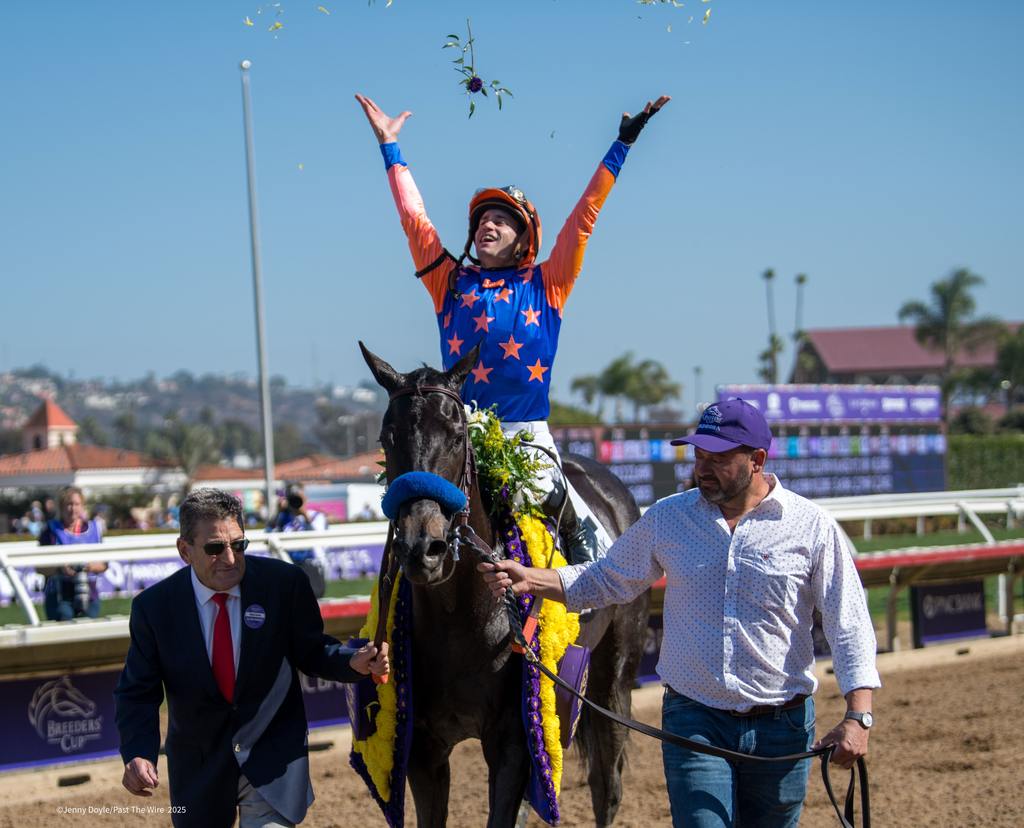
They canceled the Bob Hope Stakes at Del Mar. A Grade 3 at a premier meet—gone because it couldn’t fill.
Predictably, the finger-pointing started. California. The CHRB. Bob Baffert. But let’s cut through the noise. I’ve been around long enough to tell you something plain, simple, and unavoidable:
This isn’t a California issue. This isn’t a Baffert issue. This is a United States racing issue—top to bottom.
The Numbers Don’t Care About Your Feelings: Let’s look at the Jockey Club foal crop data:
- 2005: ~38,365
- 2015: ~22,900
- 2024: ~18,000 (projected)
That’s a 53% reduction over 20 years. Half the horses. Roughly the same number of stakes races. And somehow we’re shocked when they don’t fill?
The supply has been cut in half, but the racetrack menu stayed bloated. Every racing director wants their “big day.” No one wants to cut. The same shrinking horse population is being asked to support a stakes calendar designed for the breeding market of 1998.
Field Size: An Everywhere Problem Stop pretending this is a California phenomenon.
- USA Average (2010): 8.2 starters
- USA Average (2024): ~7.1 starters
New York stakes routinely scratch down to five horses. Churchill Downs is infamous for 5-horse graded stakes with 1/5 favorites. Gulfstream’s championship meet has been carding short fields for years and they even added a synthetic track to the equation.
The “Win Now” Economy Created the Super Barn: We don’t have enough stakes-quality horses to support the calendar, especially for juveniles. Why? Because the game has changed. It started when the IRS rules changed taking out the farms who bred to race and win scoffing at partnerships. It continued to snowball creating what we have today.
This is a “Win Now” sport. Owners need to recoup investments fast, so they follow the ROI. They send the best stock to the barns with the best strike rates, the best vets, and the best systems. Winners go to winners, and horses with the best chance of being winners go to the barns that win.
- Result: A handful of barns in CA, KY, and NY control the majority of the talent.
When one trainer nominates six horses and the next nominates one, nobody else shows up. “That’s not a “Baffert problem”—that’s a modern economic reality. It happens with Chad Brown turf fillies in New York and Cox runners in Kentucky. The sport is top-heavy in a way no calendar can support.
The Hard Truth: Too Many Stakes, Not Enough Horses You could cancel half the Grade 3s and a quarter of the Grade 2s tomorrow, and the game would barely feel it. It should get better though. Purses would consolidate, and field sizes would rise.
Instead, we cling to the illusion that every track needs a juvenile sprint, a filly sprint, and two Derby preps. It’s window dressing for a sport refusing to confront the math.
The Verdict The cancellation of the Bob Hope is just a signpost on the road Saratoga, Keeneland, and Oaklawn are also traveling.
If you want full fields and competitive events, the sport must do two things it has resisted for decades:
- Cut the stakes calendar to match the population.
- Invest in rebuilding the foal crop.
Until then, races like the Bob Hope will keep disappearing. Not because of one state, trainer, or racetrack, but because the bill for twenty years of neglect has finally come due.




